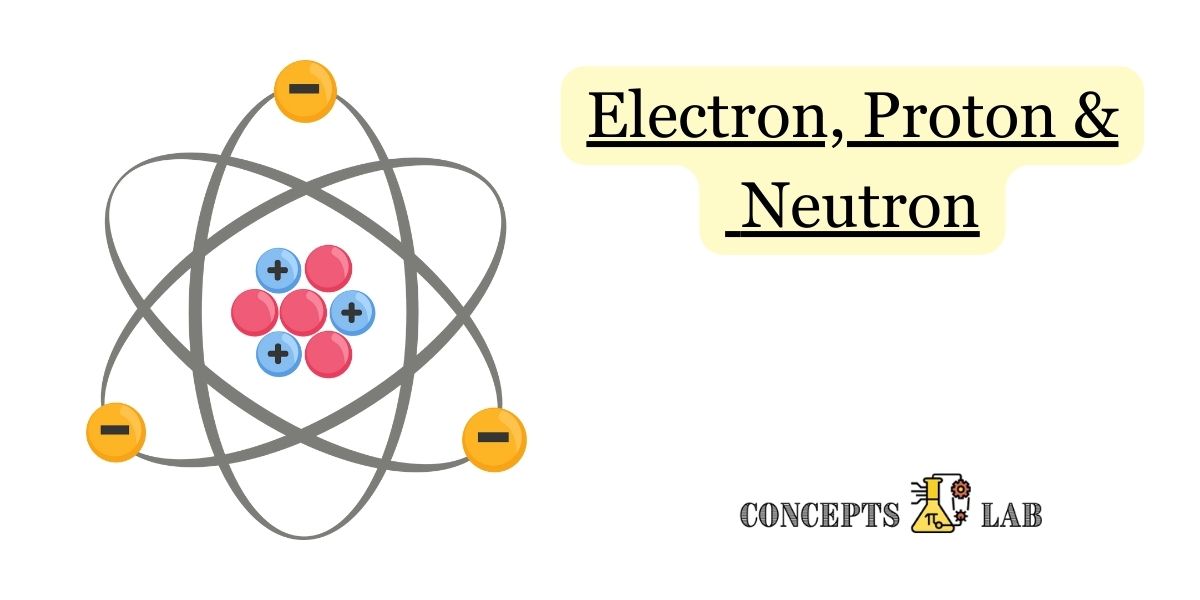Let’s use a simple analogy involving a family to explain the concepts of electrons, protons, and neutrons to kids:
The Atomic Family:
Imagine an Atomic Family living inside a house called an Atom. This family has three members:
- Electron – The Energetic Child:
- The electron is like a little child who loves to run around the house, constantly full of energy. This energetic child orbits the house in a special play area called an electron cloud. The electron is so tiny and fast that it’s like a little ball of energy zooming around.
- Proton – The Positive Parent:
- The proton is like a positive parent who stays at the very center of the house, always welcoming and full of warmth. The proton has a special charm – it’s positively charged, creating a happy and inviting atmosphere in the house.
- Neutron – The Neutral Sibling:
- The neutron is like a calm and neutral sibling who also stays inside the house. The neutron doesn’t have any charge, making it a neutral family member. It helps maintain a balanced and peaceful environment within the Atomic Family.
Family Harmony:
- Electron’s Play Area: The electron, being energetic, loves to play in its designated area, the electron cloud. It zips around the house, adding a lively spirit.
- Proton’s Warmth: The proton at the center creates a positive vibe, attracting the electron to stay close. It’s like a warm and loving parent at the heart of the family.
- Neutron’s Calm Presence: The neutron contributes to a calm atmosphere, ensuring that the family stays balanced. It’s like a neutral sibling keeping things in harmony.
Real-Life Comparison:
- House (Atom): Think of the Atom as the house where the Atomic Family lives. Atoms make up everything around us, just like houses make up neighborhoods.
- Family Members (Particles): Electrons, protons, and neutrons are like the members of the Atomic Family. They work together to create a stable and harmonious household.
This analogy simplifies the concepts of electrons, protons, and neutrons by likening them to the members of a family, making it easier for kids to understand their roles within an atom.


No responses yet